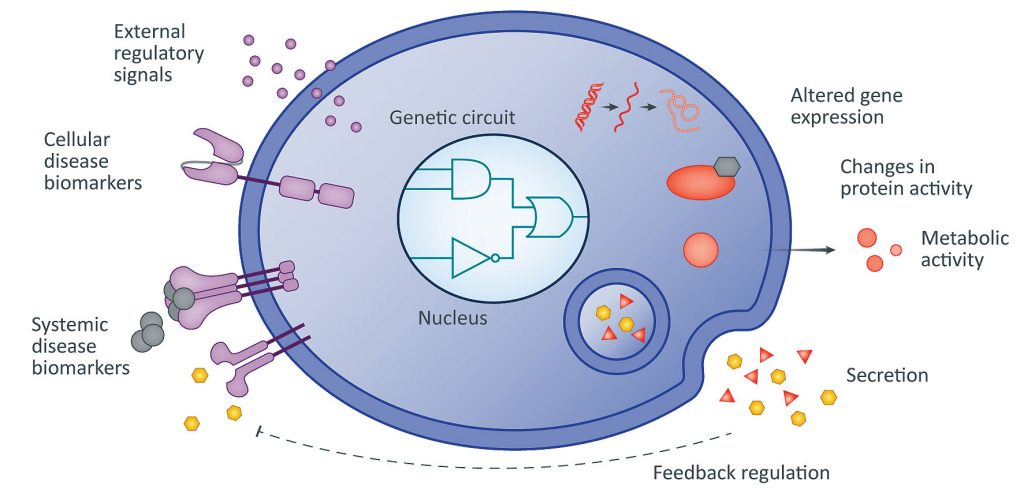Logical medicine >>> personalized medicine
non-targeted gene circuits are the future of disease prevention
It’s interesting to think about the history of personalized medicine. You couldn’t set foot in a conference in the 2000’s without hearing talk after talk discussing the dream of new, highly targeted, therapies. They were a rebuttal to the terrible kill-all or kill-most chemotherapies. We were looking for silver bullets and we got some: the first generation of antibody therapeutics in oncology began to fulfill that promise of personalization. Identify a particular surface protein on your cancer and go after it with a highly targeted antibody. Maybe that antibody even has a drug conjugated to it, or a radioisotope. HER2, EGFR, VEGF, good targets all.
But the list of conserved surface antigens, highly specific for the disease of interest, isn’t long enough. The dream of personalized medicine at that time required these targets. If expression isn’t clean you get targeting to non-target tissues, as well as off target effects.
Then, the true promise in personalized medicine evolved into immune-oncology - prompt the patients immune system to attack the cancer in a highly targeted way. First through checkpoint inhibitors, and now through engineered T-cells. But still, all these therapies require highly conserved surface antigens.
So how do we attain targeted activity of a therapeutic, when the biology is far more complex than clean expression of a surface antigen?
We throw targeting out the window, and engineer logic into our therapies. Gene circuits in non-targeting nanoparticles could be the silver bullets we were looking for all along.
Diseases may not have a surface marker or a clear mutational signature. What we really need to read is a complex mixture of signals within and without the cell. If we can build agents with networks of biological logic, meaning that in the presence/absence of X do Y, then we don’t need to target specific cells because the circuit will only become active in the “right” scenario.
Furthermore, we can explore using these agents in a prophylactic setting. If the toxicity is low, as they only become active in the presence of the right set of signals, then using them for maintenance or prevention may be possible. We can start to dream about a drug that can act as universal [insert disease here] prevention.
The future isn’t personalized medicine: it’s logical medicine.




I put a 2-3 component corrective feedback loop (A) on top of the 5+ component dysfunctional feedback loop (B). Both loops are dynamic: B varies on timescale x and A senses variation and responds in timescale y. This produces order? Or does this produce nonlinear feedback interactions that then necessitate loop C with response time z to manage Bx/Ay chaos?
Analogously, how many loops do we need to adjust our grand circles and produce an accurate model of heliocentrism?